Lychee / Litchi chinensis / is a slow-growing evergreen tree which reaches a height of up to 39.4 ft (12 meters), but is usually found in smaller sizes. Its leaves are very beautiful, shiny and thick, with a dark green color.
It originated from China but rapidly spread throughout Southeast Asia and by 1870 moved to Hawaii, then Florida, and in the late 19th century - California. Lychee is cultivated in India, Bangladesh, Thailand, the Philippines, Taiwan, Vietnam, South Africa and some Latin American countries. Lychee grows in tropical or subtropical climates and can tolerate mild cold snaps, but never subzero temperatures.
The flowers of the lychee are small, yellow-green and gathered in inflorescences, with each cluster having 3 to 15 fruits. The first berries appear after 4-10 years, depending on the variety.
The ripe fruit has a red-brown, and sometimes pink or amber-colored outer layer, which hides the soft, white and juicy, jelly-like interior. In the center of the fruit, there is a single large seed that looks like the pupil of some mythical animal.
That is why the Chinese call it the "eye of the dragon". The size of the seeds can vary, but the most valuable varieties of the plant are those that have underdeveloped seeds. They are called "chicken tongue" by the locals.
Composition of lychee
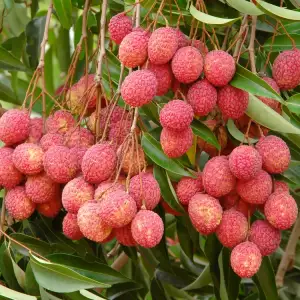
Lychee is very rich in fibers, contains no saturated fat or cholesterol, and is very low in calories. Its composition includes oligonol, B group vitamins - thiamine and niacin. It is a good source of minerals, such as copper and potassium. These fruits are rich in vitamin C - just 3.5 oz (100 grams) per day provides 119% of the recommended daily intake of this vitamin.
Types of lychee
There are more than 100 types of lychee, but the most popular are:
No Mai Tsze - the name comes from the dense and thick but soft flesh that resembles the taste of honey. It has a red peel that is hard but not rough. The seed is smaller than in other varieties, and some fruits don't even have seeds.
Kwa Luk Hanging Green - the most famous, but also the most widespread representative of this rare plant. It received its name due to its light green hue and faint green line on the fruit peel. In the past, it was a special gift to honor important personalities.
San Yueh Hung - translates to red March. This is the earliest blooming variety, its fruits are harvested in May. The soft flesh has a medium sweet taste.
Rose-scented - this kind ripens in mid-season. Fruits are about 1.2″ (3 cm) long, round in shape. The flesh is ivory, thick, and is very tasty and sweet.
Early Large Red - early ripening variety. It has dark red fruits, reaching sizes up to 1.4″ (3.5 cm), with a solid peel that is slightly stuck to the flesh, which is very tasty and soft.
Late Seedles - late variety lychee. The fruits are orange-red to dark red in color and the shape is conical. The flesh has an excellent, sweet flavor, but when you get closer to the seed, you will feel a light bitterness.
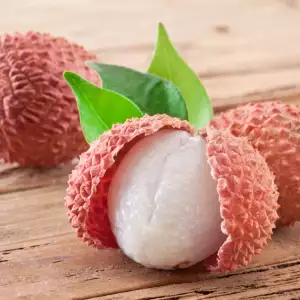
Fei tsy Hsiao - this is the most legendary variety, known as the "concubine smile." It has been known from the time of Tan - 1st century BC. The rind of this fruit gives a red juice and the flesh is exceptionally tasty.
Selection and storage of lychee
Fresh fruits of lychee can be found on the market from July to October. The rind of the mature fruit should separate easily. Choose fruits, whose shell slightly bows to pressure, that have a red or dark red to brown color. Avoid ones with dark spots. If the fruit is slightly pink, it's a sure sign that it is not yet ripe.
You can store the fruit up to five weeks, but only in the fridge. If you leave them at room temperature, they will spoil in less than 3 days.
Lychee in cooking
In Southeast Asia, the fruit is used to prepare syrup and jelly, which in turn serves to make liqueur. Lychee liqueur can be drunk by itself or added to a variety of cocktails. A puree is made from the fruit, which consists of 90% soft fruit and 10% sugar. This paste can be used for ice cream and fruit drinks.
Lychee puree and chili peppers are the main ingredients of several sauces for meat, fish and vegetables. Tea from the zest of the fruit combined with traditional black tea, can be drunk both hot or chilled with ice cubes.
The fresh fruits of lychee can also be served as a dessert - unpeeled and lightly chilled. The zest is split and the flesh is squeezed very gently. In China, they preserve the fruit salted in bamboo stalks.
Benefits of lychee
In China, the seeds of lychee have been recognized as a very good analgesic, are used for inflammation and neuralgia. Tea from lychee zest relieves symptoms of indigestion. Chinese medicine uses lychee in combination with "five flavor berry" and other herbs for the treatment of oncological diseases.
In India, the seeds are ground and because they have a constipating effect are given to people with intestinal problems. Decoctions of the roots, flowers and zest of lychee are recommended as a gargle for toothaches. Eastern medicine uses it for the stabilization of blood glucose levels in hypoglycemia and diabetes. These fruits influence the functioning of the kidneys, liver and lungs. They aid in digestion and help with anemia.
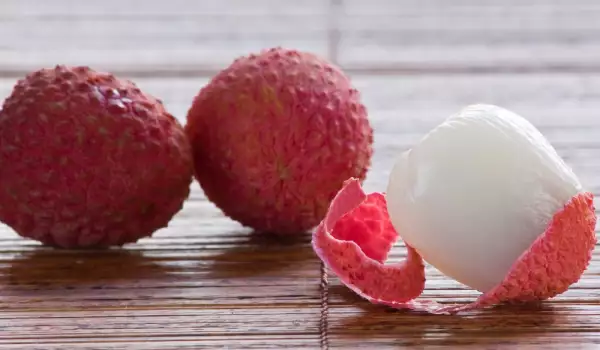
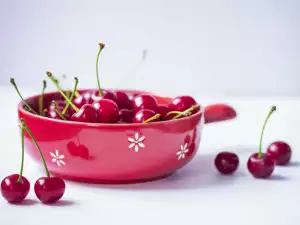
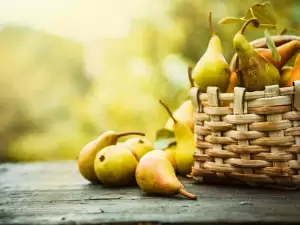
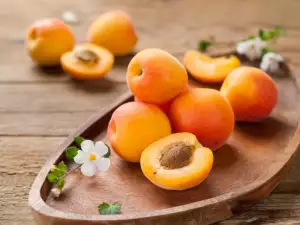
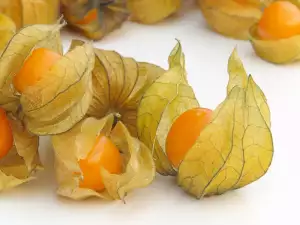
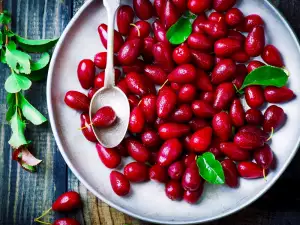
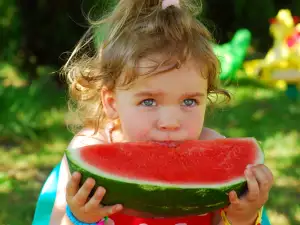
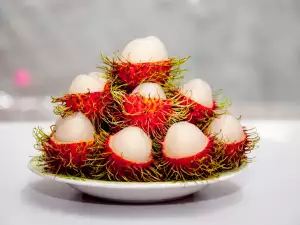

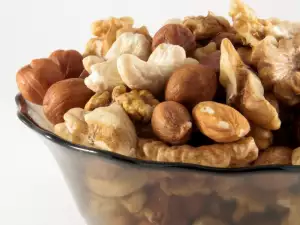
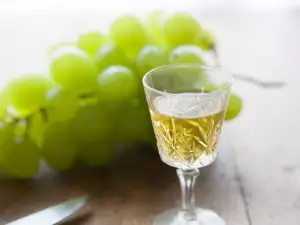

Comments